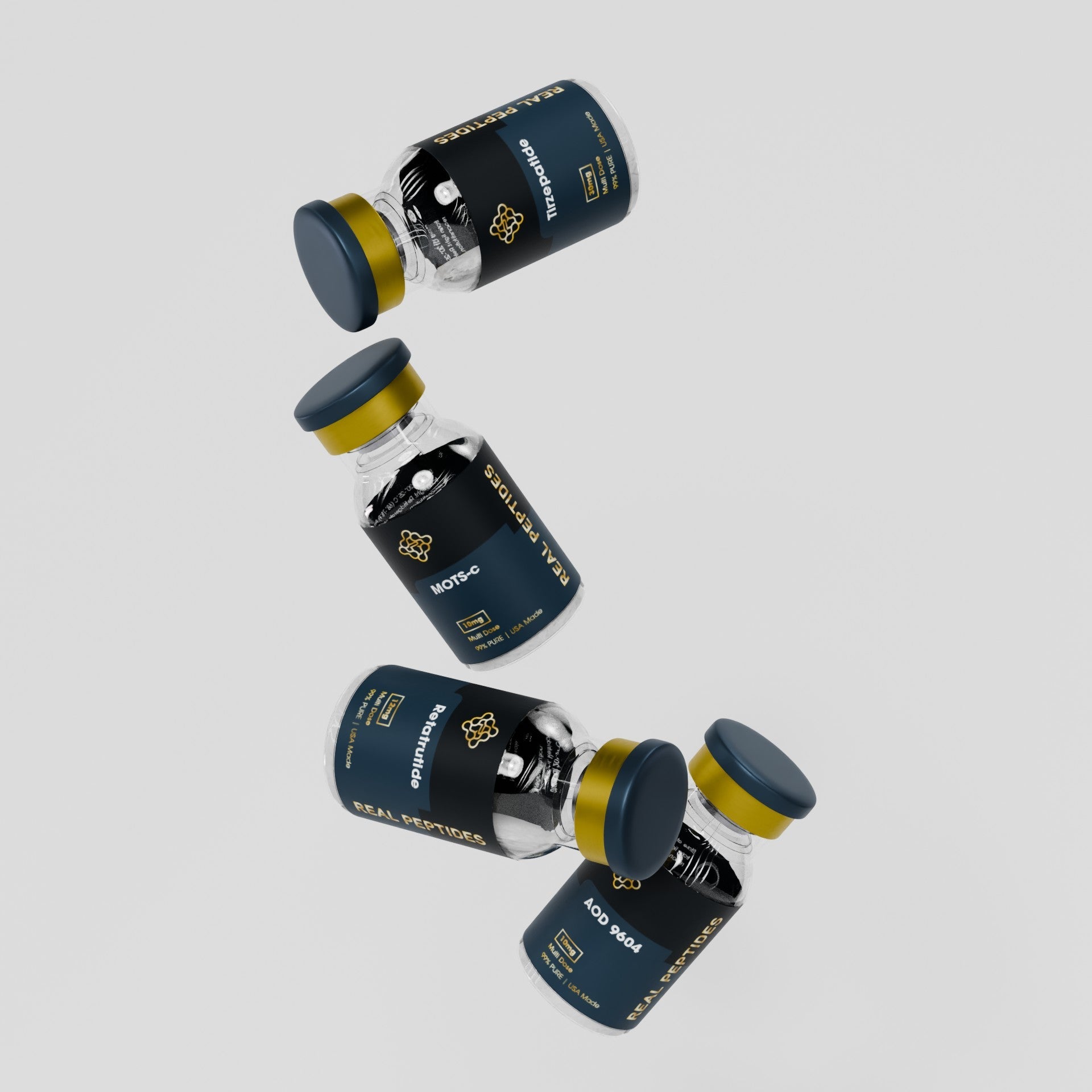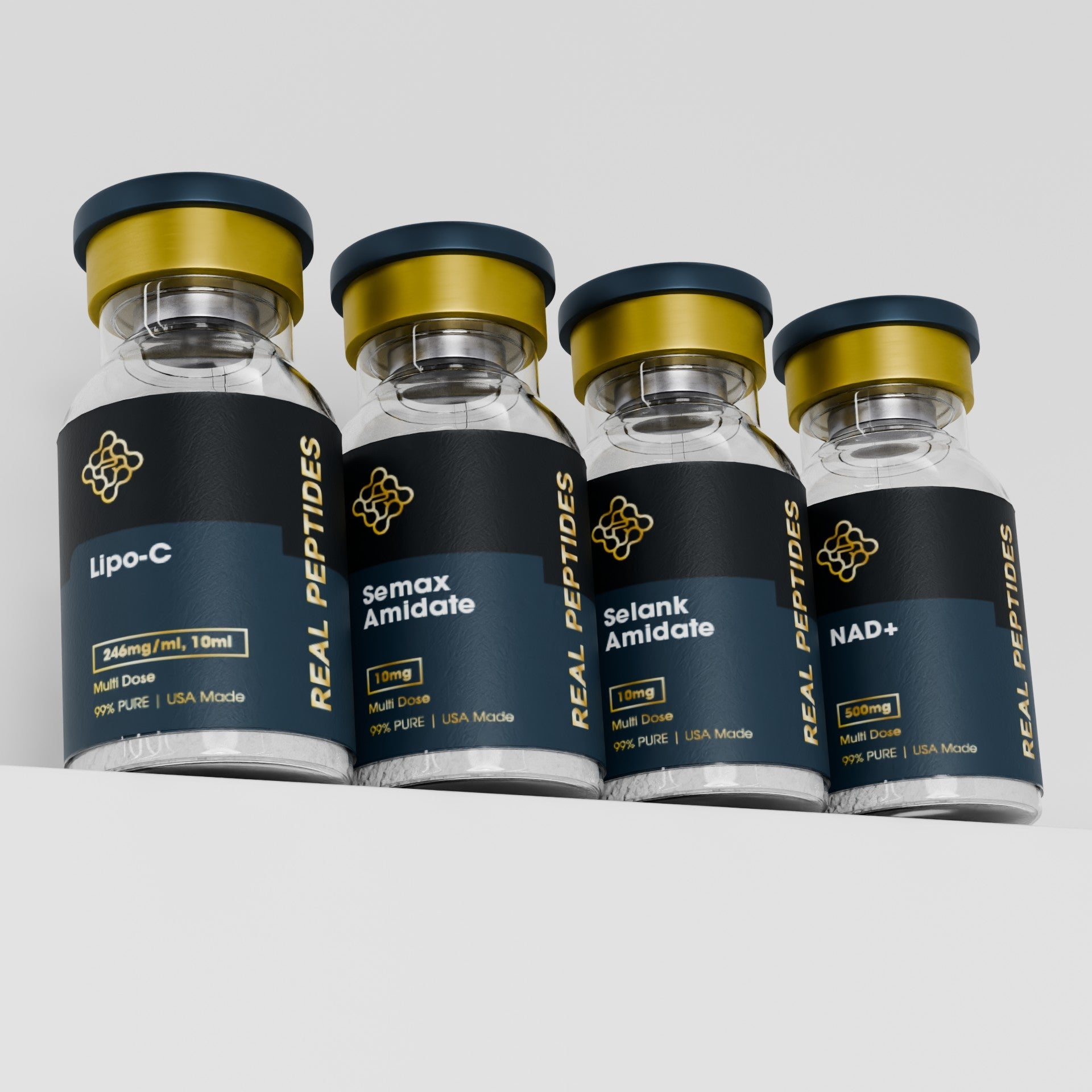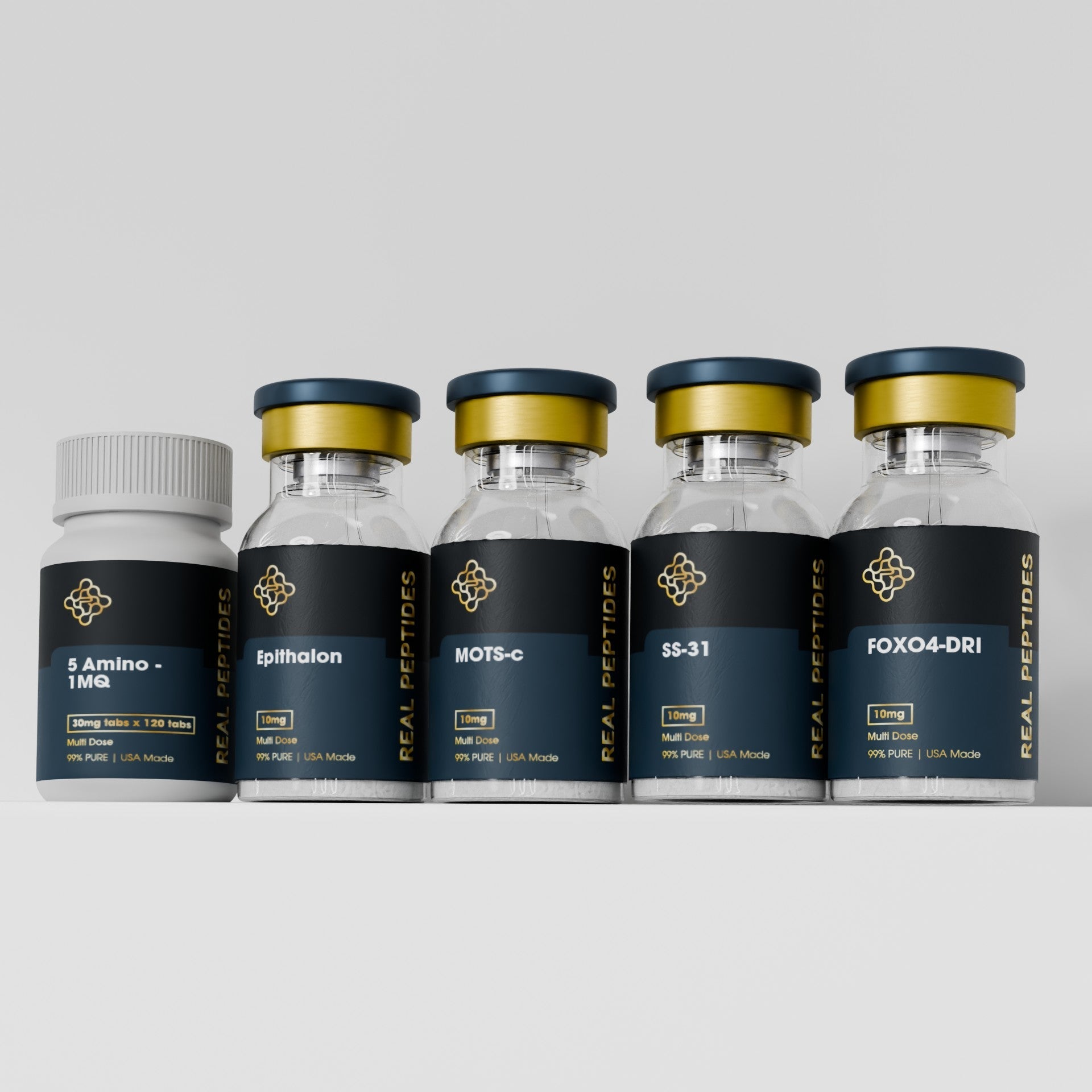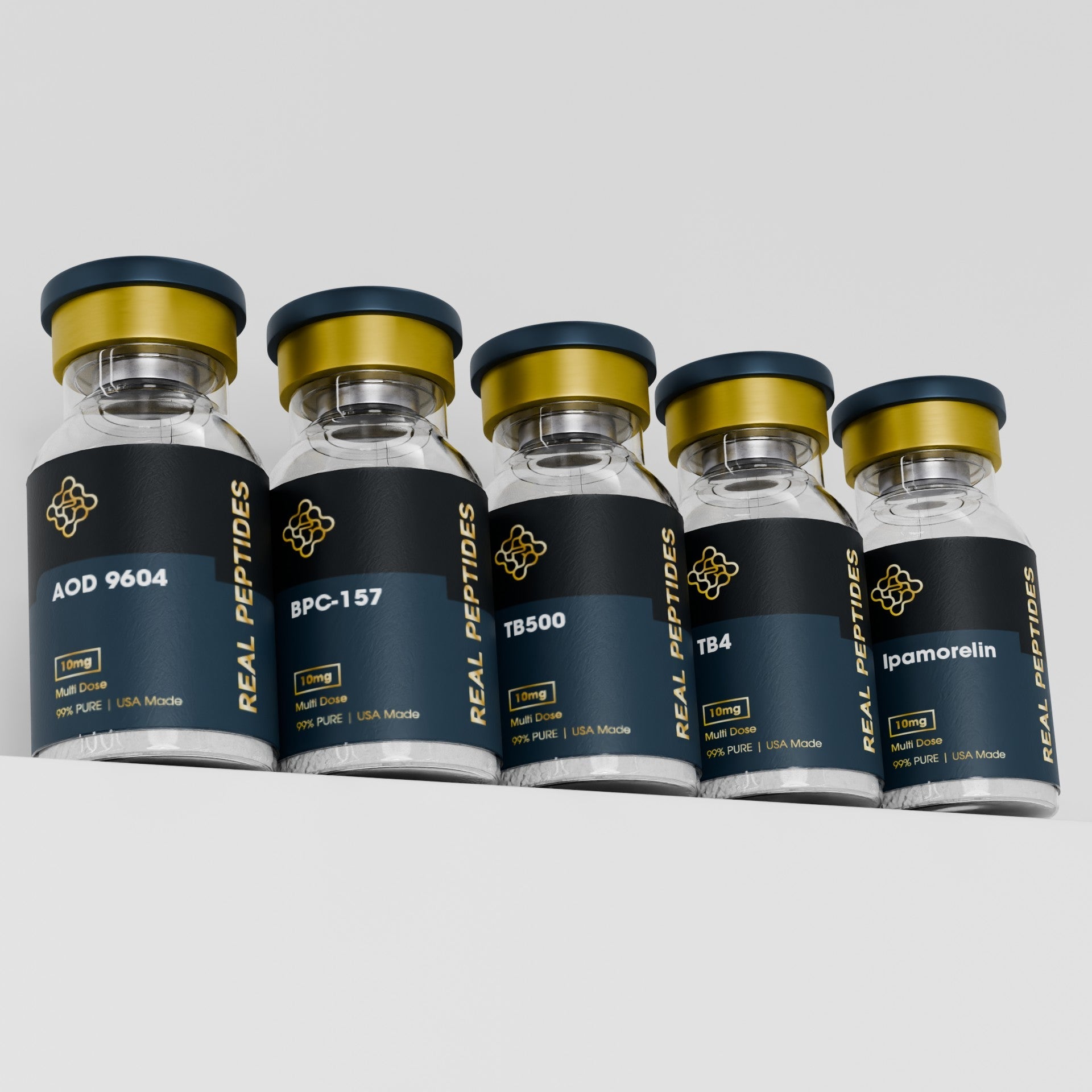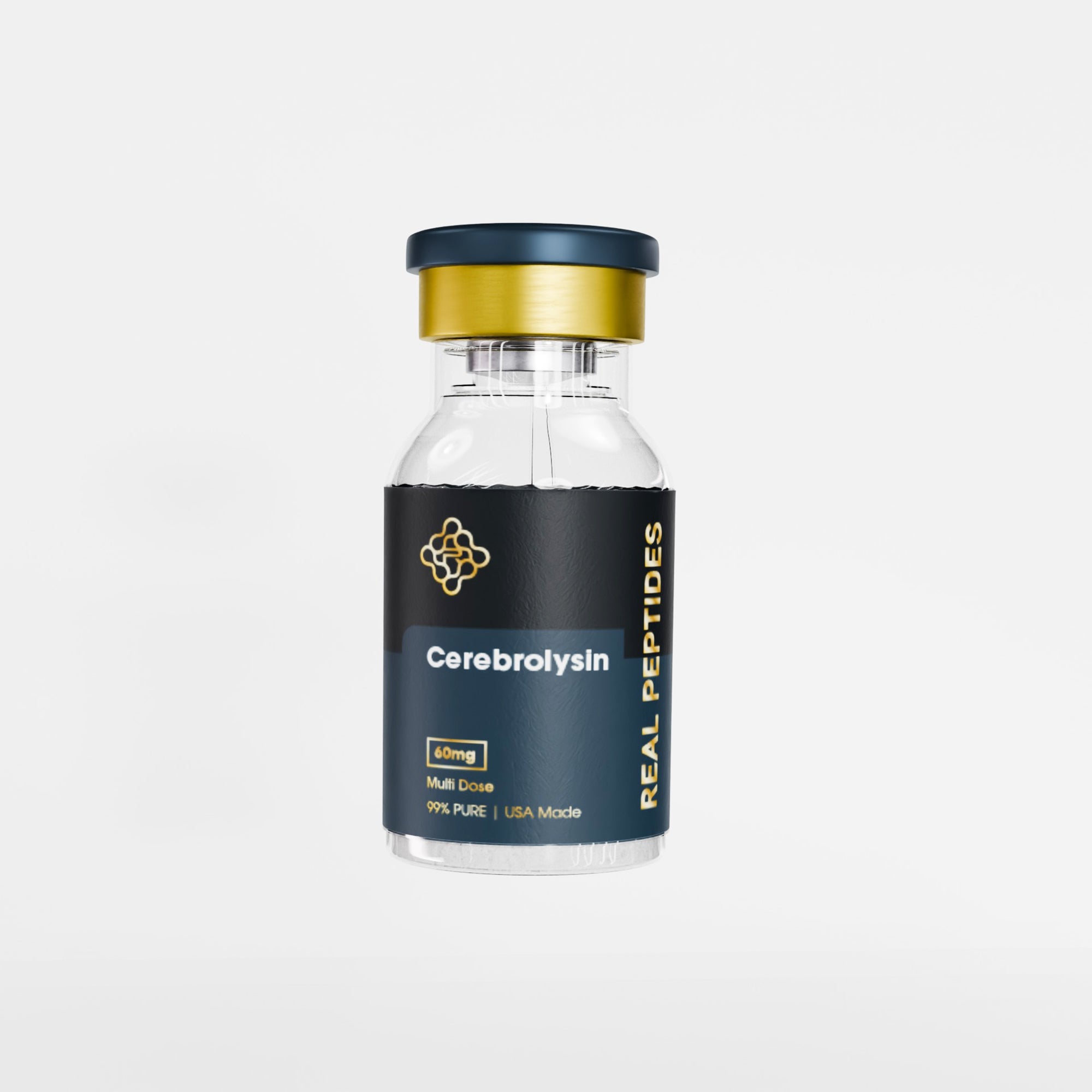
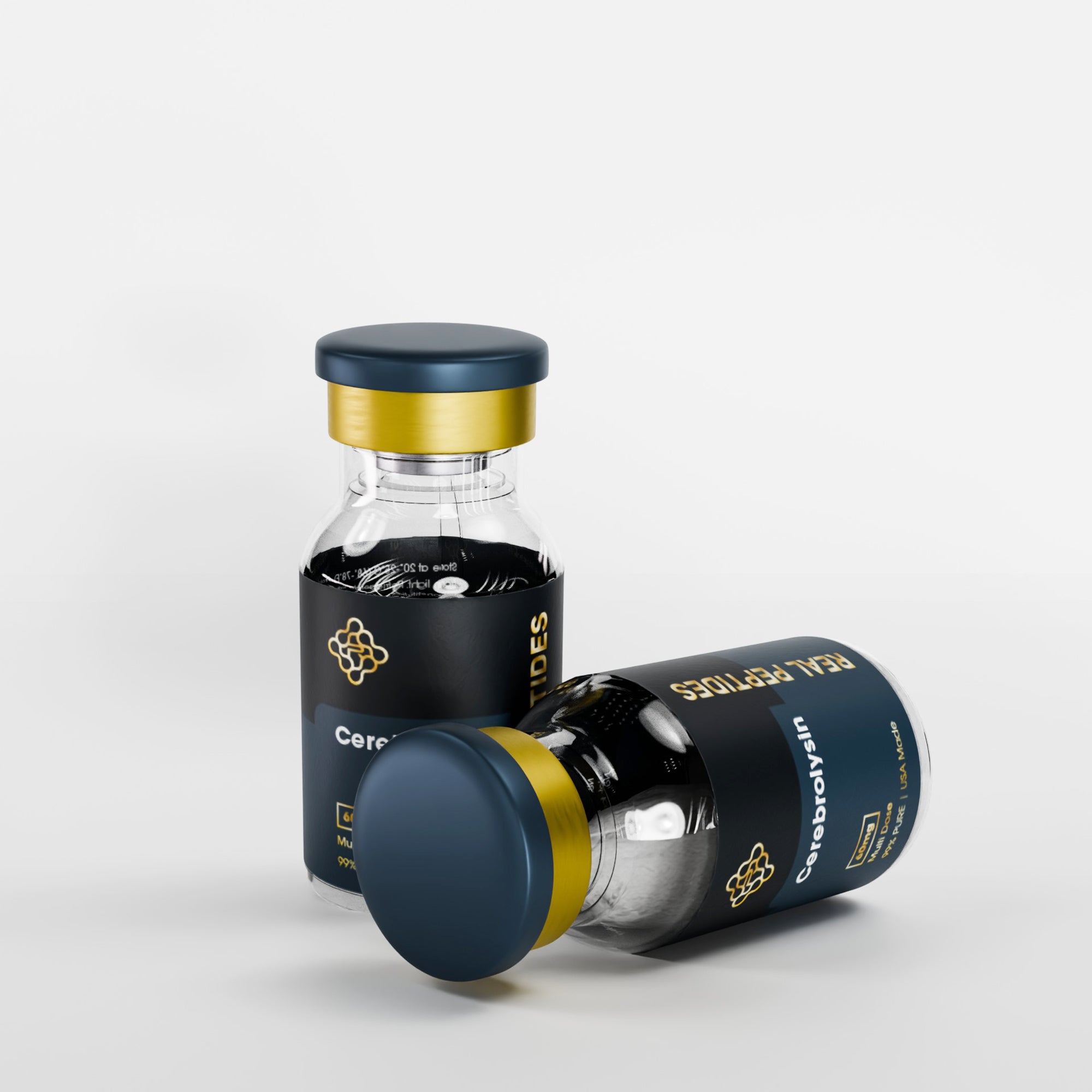

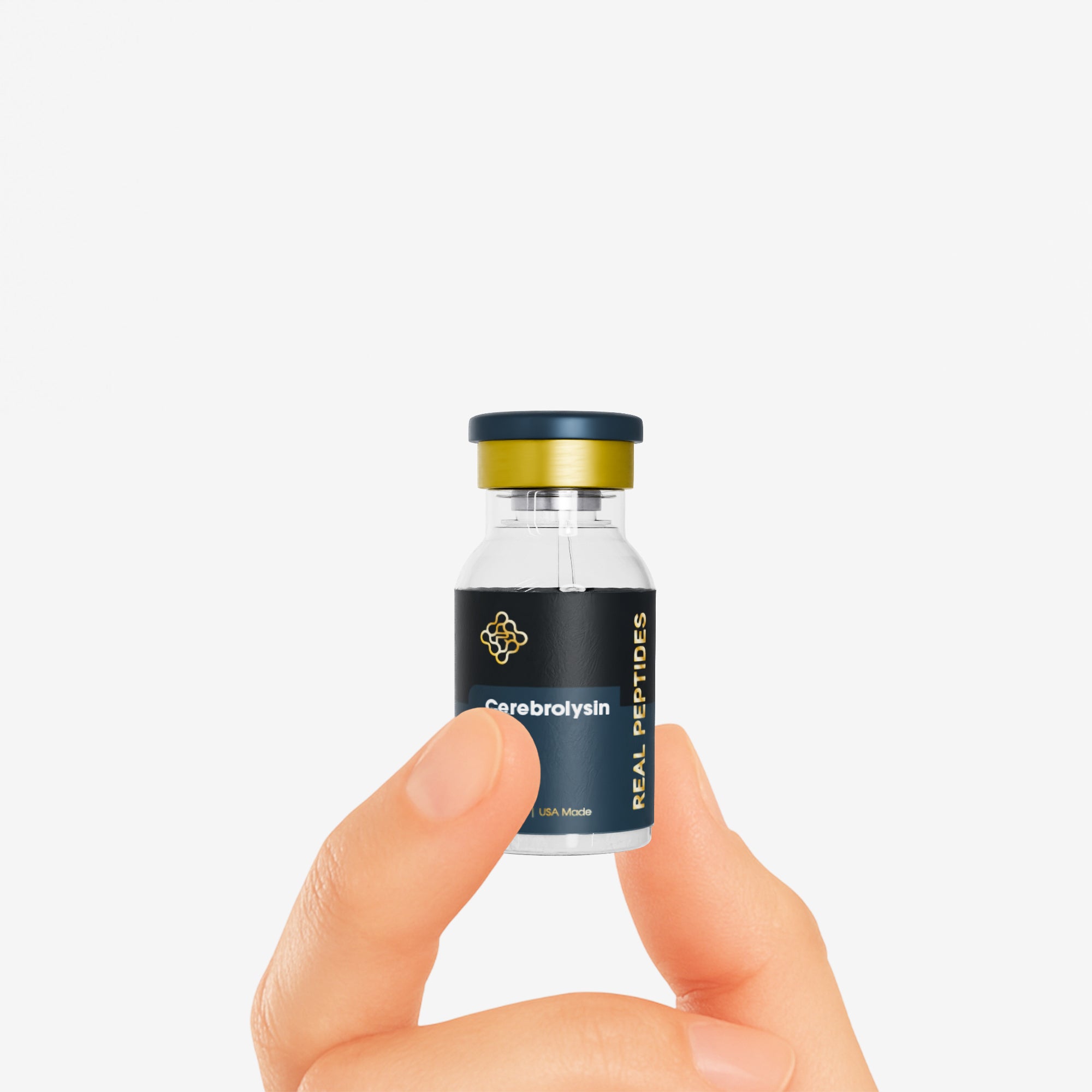
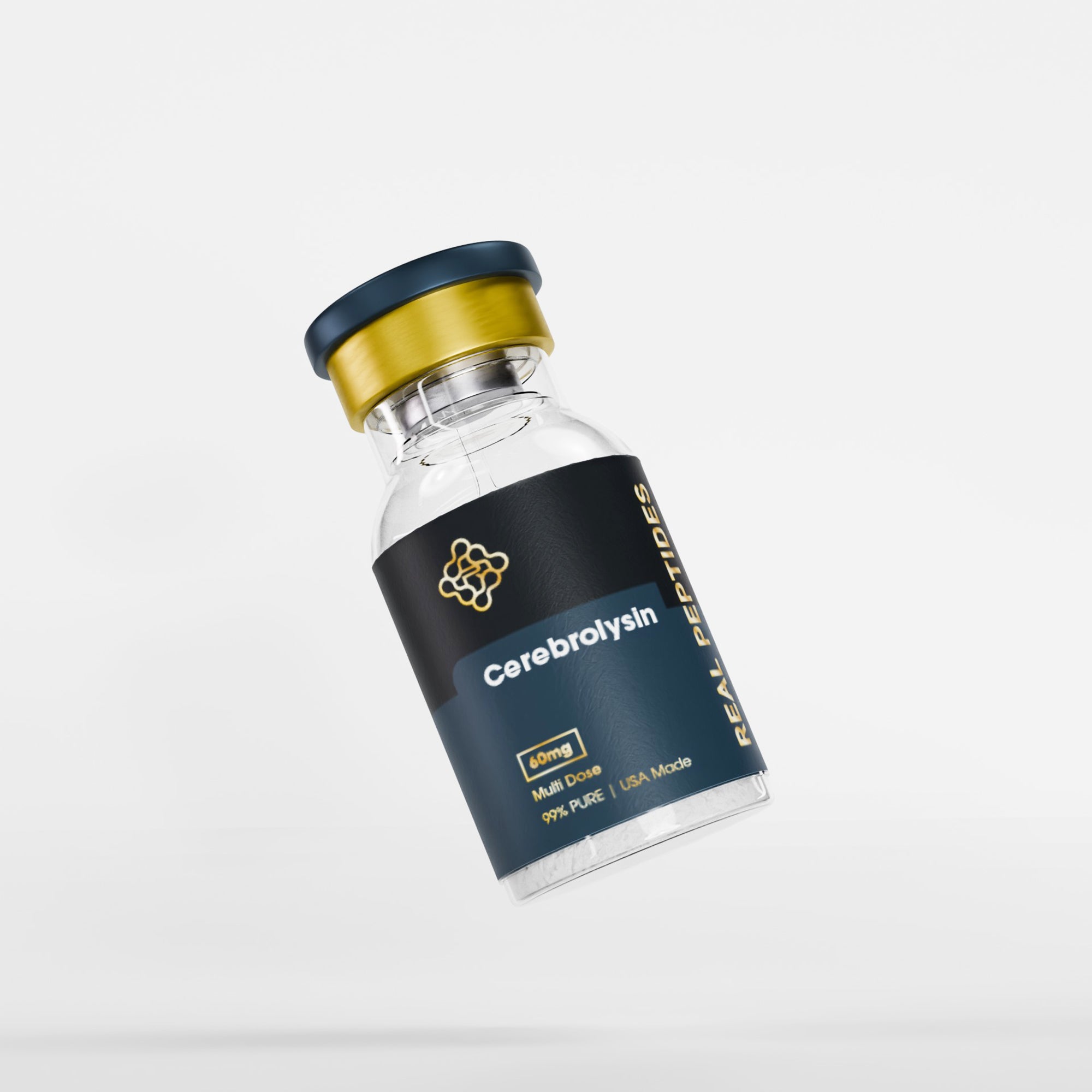
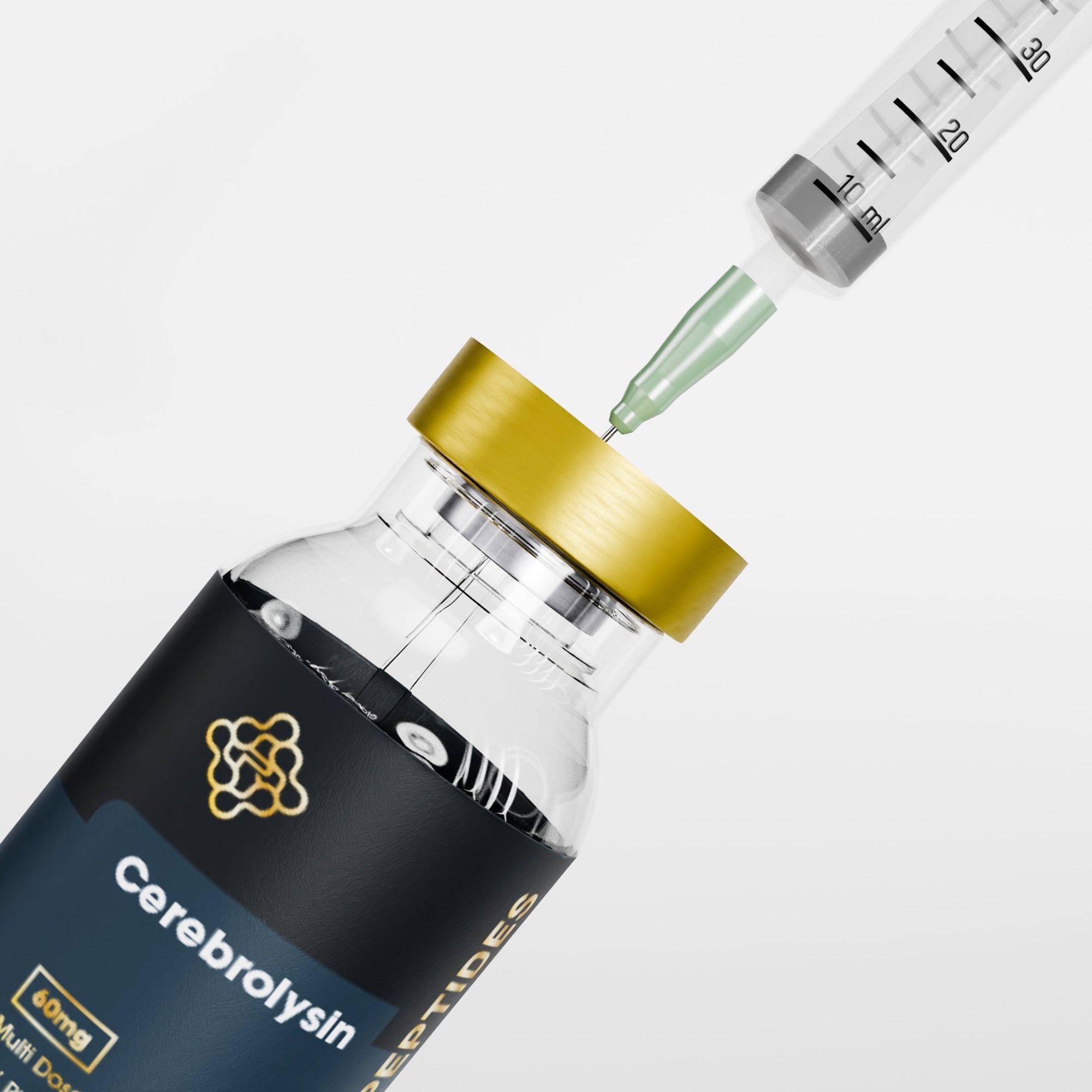
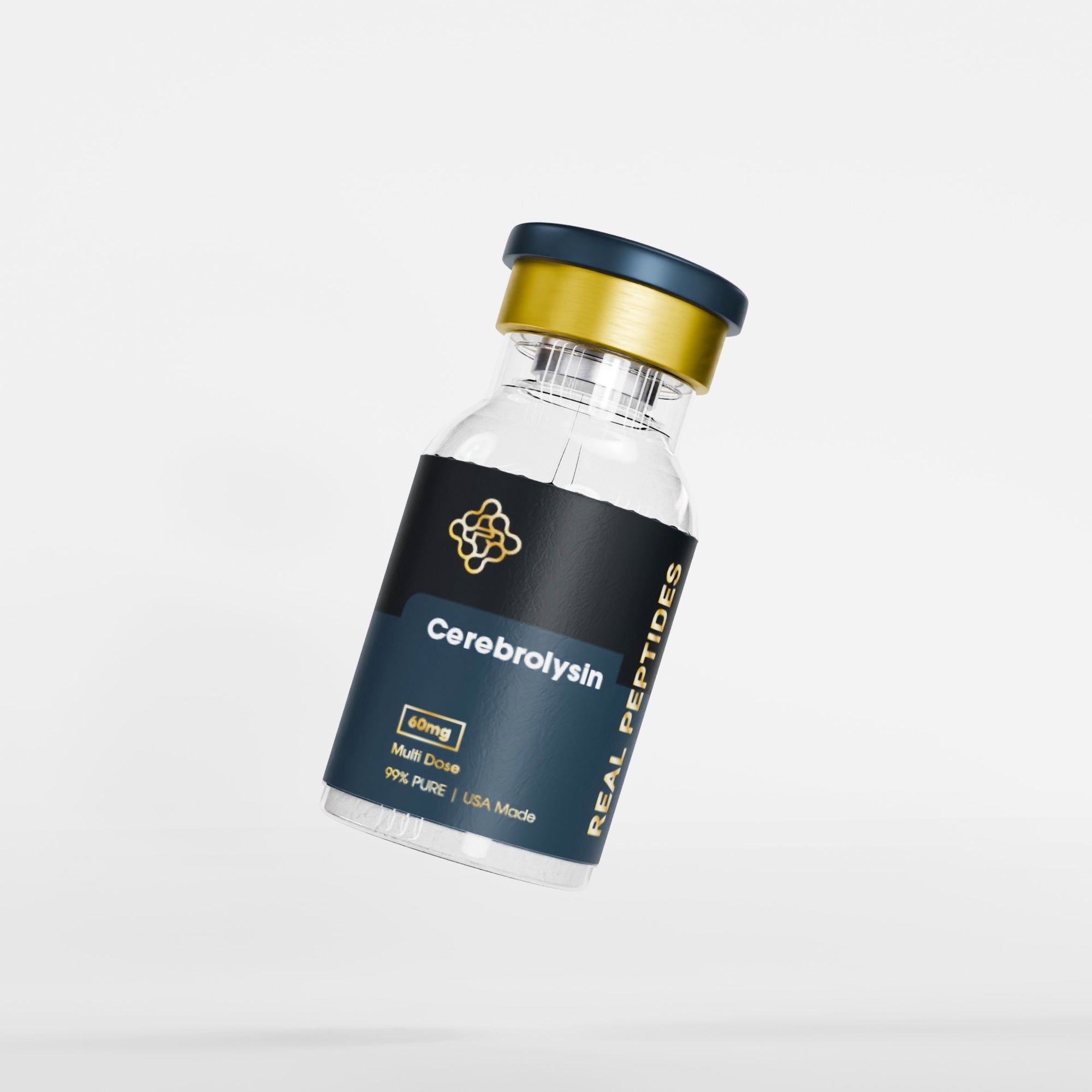
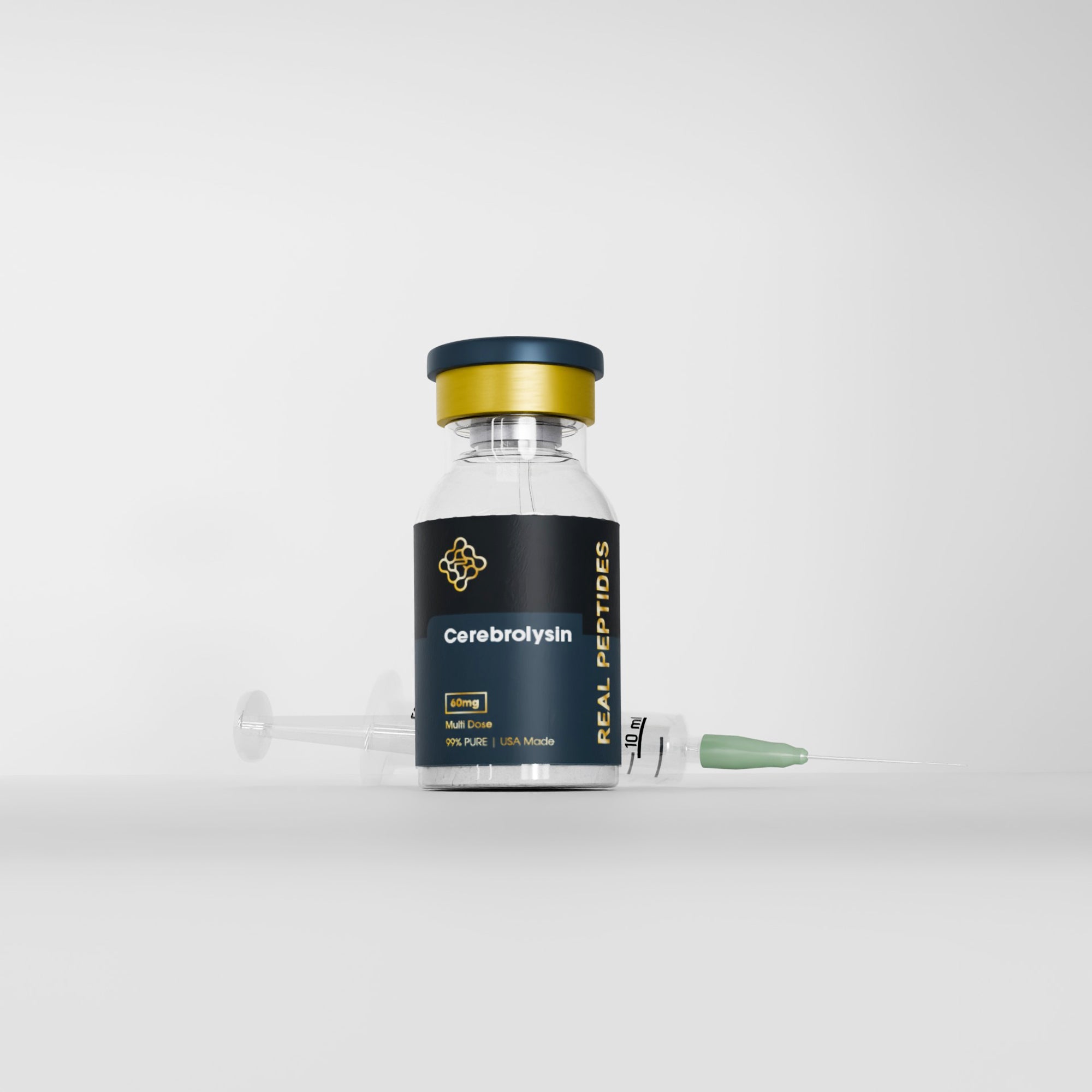
Cerebrolysin
Cerebrolysin is a peptide-enriched neurotrophic mixture derived from porcine brain proteins, used in preclinical models to study neuronal survival, synaptic repair, and cognitive enhancement. Each 60 mg vial delivers a balanced profile of low-molecular-weight peptides and amino acids, designed for in vitro and rodent assays of neuroprotection, memory pathways, and stroke-recovery protocols. All batches are manufactured in ISO-certified facilities, HPLC-verified to ≥ 98% purity, and endotoxin-screened (< 0.1 EU/mg).
⚠️ Important Disclaimer
For Research Use Only. Not for human consumption or therapeutic treatment.
Pairs well with
Peptides are not ready to use. Must purchase BAC water for reconstitution.
Cerebrolysin
KEY HIGHLIGHTS
Neuroprotective Support
In oxygen-glucose deprivation (OGD) neuron models, Cerebrolysin reduces cell death markers and preserves mitochondrial function.
Synaptic Plasticity Modeling
Enhances expression of synaptic proteins (PSD-95, synaptophysin) in hippocampal slice cultures, modeling learning-and-memory mechanisms.
Cognitive-Function Assays
Rodent maze and passive-avoidance tests show improved performance under Cerebrolysin dosing, enabling study of memory pathways.
Anti-Excitotoxic Effects
Attenuates glutamate-induced calcium influx and reduces ROS generation in cortical neuron cultures.
Stroke-Recovery Protocols
In rodent middle-cerebral-artery-occlusion models, Cerebrolysin accelerates functional recovery and reduces infarct volume.
Lab-Friendly Handling
Reconstitute in sterile saline or culture medium; store powder at –20 °C and reconstituted solution at 2–8 °C for up to 5 days to maintain ≥ 95% activity.


What Is Cerebrolysin Peptide?
Cerebrolysin is a proprietary mixture of low-molecular-weight neuropeptides and free amino acids derived via enzymatic hydrolysis of porcine brain proteins. Unlike single-agent peptides, it provides a spectrum of neurotrophic factors that collectively support neuronal survival, synaptic repair, and neurogenesis in both cell-culture and in vivo models. Researchers use Cerebrolysin to investigate mechanisms of neuroprotection, stroke recovery, and cognitive enhancement.

Why Choose Cerebrolysin?
Researchers select Cerebrolysin when they need a broad-spectrum neurotrophic reagent that mirrors multiple endogenous growth-factor effects. Its balanced peptide profile delivers consistent support for neuronal metabolism, synaptic plasticity, and oxidative-stress resistance. Manufactured in ISO-certified facilities, Cerebrolysin is HPLC-verified for purity and rigorously tested for endotoxin, ensuring reproducible outcomes in your neurobiology and cognitive-function studies.

What Sets Cerebrolysin Apart?
Unlike isolated neuropeptides, Cerebrolysin’s unique blend of multiple low-molecular-weight peptides offers synergistic neurotrophic, neuroprotective, and neurorestorative activities. Its capacity to modulate apoptosis pathways, enhance synaptic-protein expression, and support functional recovery in stroke models makes it an unparalleled tool for high-impact research into neurodegenerative diseases, brain injury, and memory disorders.
Cerebrolysin FAQs
What is Cerebrolysin used for in research?
To study neuroprotection, synaptic plasticity, stroke recovery, and cognitive enhancement in cell and animal models.
How does Cerebrolysin protect neurons?
It reduces oxidative stress, stabilizes mitochondria, and downregulates apoptosis markers under injury protocols.
What models use Cerebrolysin for cognitive assays?
Commonly rodent maze tests, passive-avoidance tasks, and hippocampal slice long-term potentiation (LTP) studies.
How is Cerebrolysin reconstituted?
Dissolve in sterile saline or appropriate culture medium per protocol, gently mix until fully solubilized.
What storage conditions are required?
Store lyophilized vials at – 20 °C; keep reconstituted solution at 2–8 °C and use within 5 days.
Does Cerebrolysin have anti-inflammatory effects?
Yes—Cerebrolysin downregulates pro-inflammatory cytokines (IL-1β, TNF-α) in microglial and astrocyte assays.
Can Cerebrolysin aid stroke-recovery studies?
In rodent MCAO models, it reduces infarct size and accelerates neurological function restoration.
What concentration is typical for in vitro Cerebrolysin?
Researchers often test 0.1–10 µg/mL in neuron cultures and organotypic slices.
Is Cerebrolysin approved for therapeutic use?
No—this product is strictly for research use only and not for clinical or veterinary applications.
Where can I buy research-grade Cerebrolysin?
Real Peptides offers ISO-certified, USA-manufactured Cerebrolysin (60 mg) at ≥ 98% peptide purity and low endotoxin—available for research use only.

